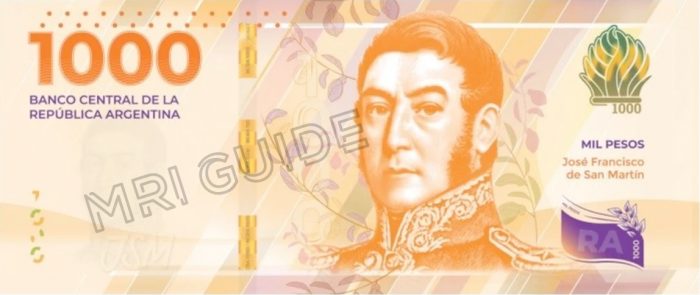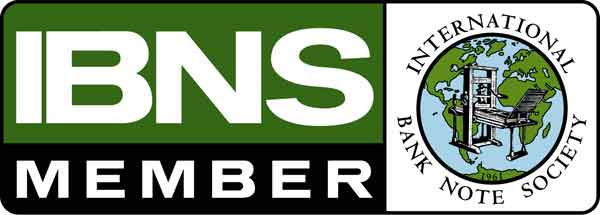A project of a law to redenominate the monetary unit has been presented in the Argentine Cámara de Diputados (the lower chamber) last Friday May 28. Members of the PRO political party propose to eliminate two zeros by creating a new unit, the peso, to the replace the peso created by Decree 2128/1991, originally called “peso convertible”.
The “convertible” peso of 1991 was issued at par with the U.S. dollar and continued to be freely exchangeable for U.S dollars until convertibility ceased in late 2001. Since then the rate of the U.S. dollar in the true market rose from 1 to 200 pesos. The largest banknote in circulation in 2001 was the 100 pesos equal to USD100.00. Today the largest banknote is the 1,000 pesos worth USD5.00.
The new family of notes presented last week keeps the present 1,000 pesos banknote as the largest value.
Argentina is second only to Venezuela in the lowest real value for its largest banknote denomination in Latin America, at USD4.95 for its 1,000 pesos note. The Venezuelan 20 bolívares digitales note is worth today less than 4 dollars. Even Cuba’s largest 1,000 pesos banknote is worth close to 9 dollars.
Obviously the cost of planning, printing, processing, transporting, storing, and destroying banknotes at the end of their useful life increases when the largest denomination does not represent some reasonable value.
Click here to order the MRI BANKERS’ GUIDE TO FOREIGN CURRENCY™
*** Would you like to share your comments, corrections or news? Please contact info@mriguide.com
©2022 MRI BANKERS’ GUIDE TO FOREIGN CURRENCY™. All rights reserved.
« More posts

